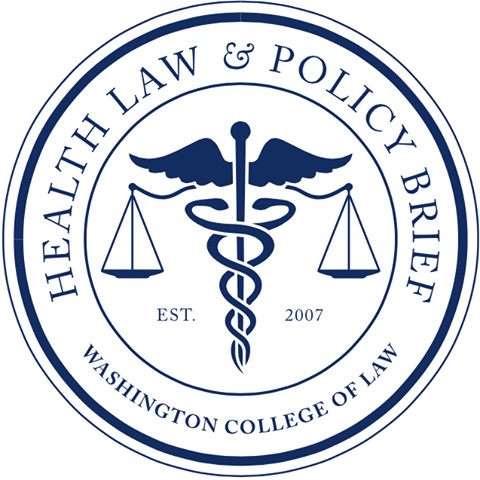Health inequities affecting people with disabilities remain a persistent and often overlooked issue within the U.S. healthcare system. Despite efforts to make healthcare more inclusive, provider biases and financial challenges continue to prevent millions from receiving equitable care. With recent policy pushes for broader health equity, now is the time to address the unique needs of this population.
Provider bias and a lack of training on disability-specific care create another layer of inequity. Many healthcare providers have limited knowledge of the unique healthcare needs and challenges faced by people with disabilities. The National Council on Disability (NCD) reports that these gaps in provider training lead to miscommunication, inadequate treatment, and a lack of understanding about the disabilities themselves. This can result in healthcare providers making assumptions about patients’ quality of life or failing to take complaints seriously, impacting the overall quality of care. Addressing these biases is crucial to ensure that providers offer compassionate, informed care that respects everyone’s needs.
Individuals with disabilities often encounter significant financial challenges that impede access to necessary healthcare services. These challenges stem from increased medical expenses, limited employment opportunities, and systemic economic disparities. A comprehensive report by the Financial Health Network reveals that nearly half (46%) of working-age individuals with disabilities have unmanageable levels of debt, and only 51% can pay all their bills on time. This financial instability is exacerbated by the fact that people with disabilities are more likely to live on low incomes. The National Disability Institute reports that 45% of working-age individuals with disabilities have annual household incomes under $30,000, compared to 21% of those without disabilities. Public safety net programs, such as Supplemental Security Income (SSI) and Social Security Disability Insurance (SSDI), are intended to support individuals with disabilities. However, only about a third of working-age individuals with disabilities receive these benefits. Even among those with low incomes and significant barriers to employment, many do not receive the assistance they need. These financial barriers not only limit access to healthcare but also contribute to a cycle of poverty and poor health outcomes. Addressing these challenges requires comprehensive policy interventions aimed at improving employment opportunities, enhancing public benefits, and reducing the additional costs associated with living with a disability.
Recent policy efforts seek to address these disparities, but much work remains. The Americans with Disabilities Act (ADA) laid an essential foundation for disability rights, yet it does not mandate comprehensive healthcare accessibility or provider training. The National Council on Disability’s 2024 Progress Report recommends that policymakers enhance provider training in disability care, increase funding for facility accessibility improvements, and expand Medicaid and Medicare services to cover a broader range of disability-specific needs.
Ensuring health equity for people with disabilities will require more than incremental improvements; it demands systemic change. Addressing physical, educational, and financial barriers within the healthcare system is crucial. By pushing for stronger policies, comprehensive training, and expanded financial support, we can bridge the gap and create a healthcare system that serves everyone equally. Ongoing advocacy and reform are essential to ensure that all individuals, regardless of disability, receive the quality care they deserve.
